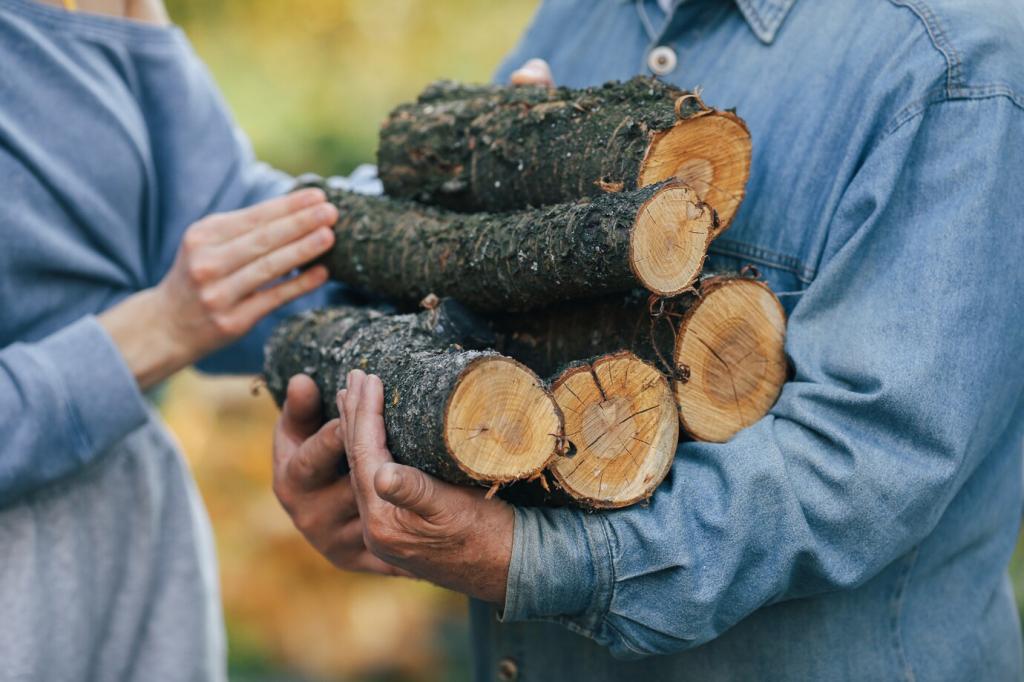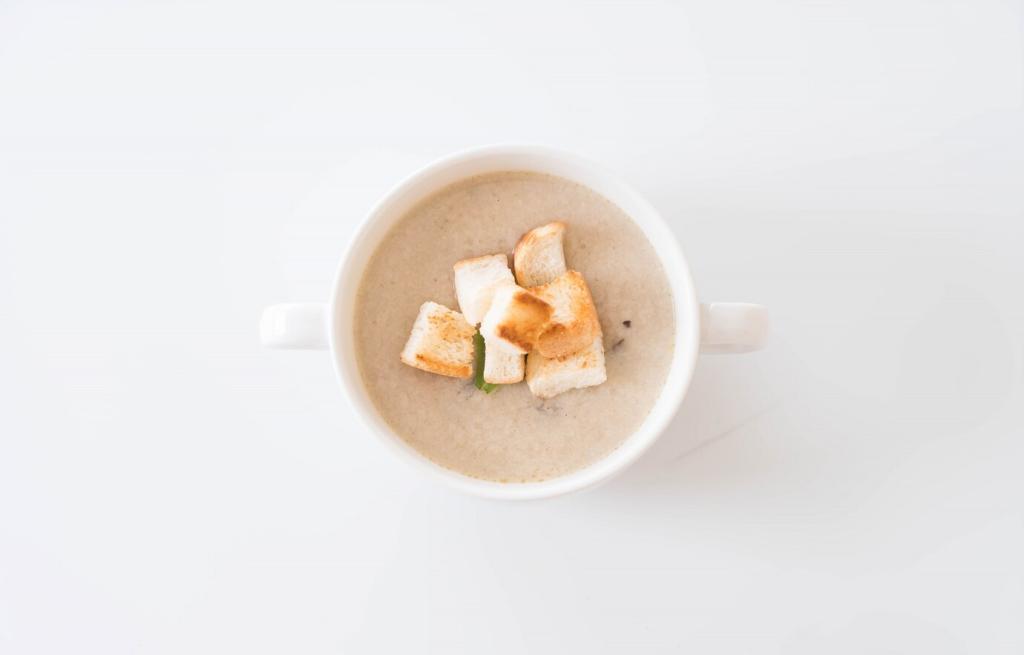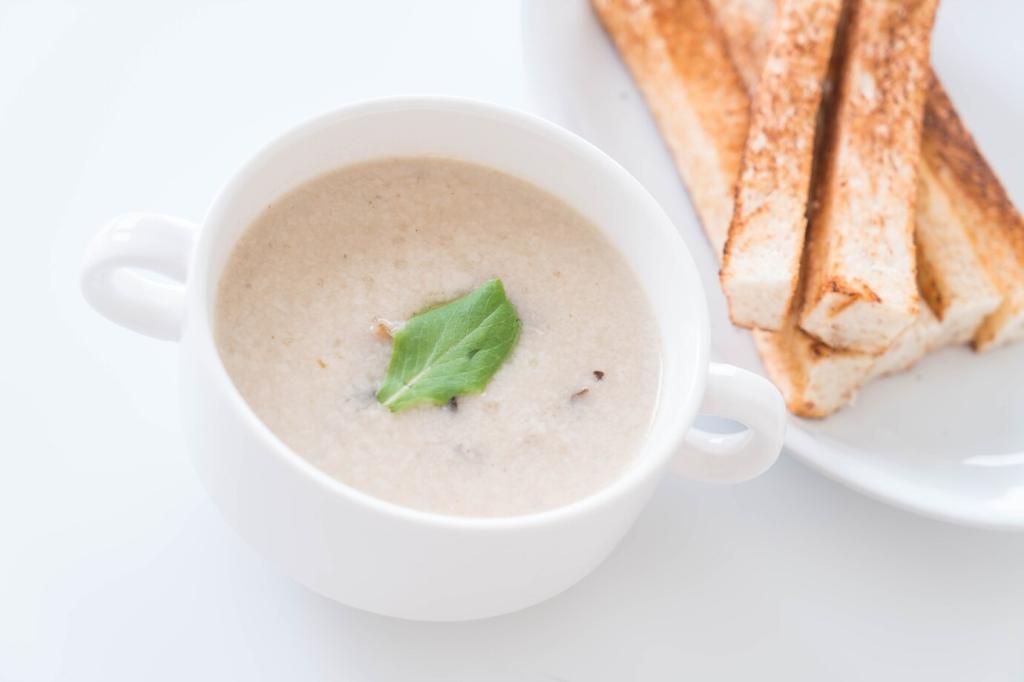
Best Oils for Sealing Wood Furniture
Chosen theme: Best Oils for Sealing Wood Furniture. Step into a warm, hands-on guide for enthusiasts who love the glow of well-sealed timber. We explore time-tested oils, practical techniques, and honest stories from real workshops. If you care about grain, durability, and soulful finishes, you’re in the right place—comment your questions and subscribe for more deep-dive guides.
Pure Tung Oil: Penetrating Protection with a Natural Glow
Pure tung oil polymerizes into a resilient, water-resistant network that enhances depth and chatoyance. It often needs multiple thin coats and patient curing, but the payoff is a warm, tactile finish that breathes. It’s a top choice for heirloom furniture where clarity and feel matter.
Boiled vs. Polymerized Linseed Oil: Speed, Color, and Safety
Boiled linseed oil dries faster thanks to metal driers, but can amber significantly and requires careful rag disposal. Polymerized linseed oil is heat-treated, drier-free, and cures harder than raw, offering a cleaner path to durability. Both reward thorough wipe-offs to avoid gummy residue.
Danish Oil and Oil/Varnish Blends: Balanced Sealing with Easy Application
Danish oil blends oil with varnish resins, adding film-building strength while preserving a natural look. It floods easily, wipes cleanly, and seals pores well on open-grain woods. If you want a forgiving finish that still delivers protection, it’s a practical, repeatable choice for busy households.
Pairing Oils with Wood Species and Everyday Use
Tung and Danish oils bring remarkable depth to walnut’s figure and cherry’s gradual darkening. Polymerized linseed adds an inviting glow while sealing pores effectively. Keep coats thin to preserve crisp edges, and expect richer tones as the finish cures and the wood naturally oxidizes over time.
Pairing Oils with Wood Species and Everyday Use
Open-grain species appreciate wet-sanding with oil to create a slurry that fills pores. Danish oil’s resin content helps seal oak’s cathedral grain while maintaining tactile charm. Consider multiple flood-and-wipe cycles, letting each coat penetrate, before burnishing for a durable, easy-repair sheen.

Work through grits steadily, often stopping at 180–220 for most hardwoods to balance smoothness with oil penetration. Sand with the grain, and break sharp edges lightly to prevent finish buildup. A meticulously sanded surface accepts oil evenly and cures into a calmer, more refined sheen.

Vacuum thoroughly, then use a barely damp cloth or tack rag to remove remaining dust. For water-based pre-treatments, intentionally raise the grain and sand lightly once dry. Clean pores invite oil deeper, creating a tighter seal that resists rings, spills, and day-to-day scuffs.

Scrap from the same board stack tells the truth. Wipe on candidate oils, note color shift, open time, and feel after curing. This small ritual avoids surprises on tabletops and arms, letting you commit confidently to the oil that best flatters your exact piece.

Application Techniques for a Tough, Beautiful Seal
Warm the oil slightly, flood the surface generously, and allow it to drink for several minutes. Then wipe absolutely dry, leaving no glossy puddles. This prevents tacky spots, speeds cure, and builds a uniform, sealed surface ready for the next coat after adequate drying.
Real-World Durability and Maintenance
Tung and Danish oils resist water better than raw oils, but coasters and quick wipe-ups still matter. Warm plates are generally fine; hot pots are not. Expect minor patina from daily life, which many owners consider part of the oil finish’s honest, welcoming character.


Real-World Durability and Maintenance
If the surface looks dry or lacks luster, a single thin refresh coat often restores depth. Clean, scuff lightly with a fine pad, and wipe on sparingly. Wait for full cure before heavy use. Small, regular refreshes beat aggressive, infrequent overhauls.
Health, Safety, and Environmental Smarts
Linseed and tung oil rags can self-heat as they cure. Lay them flat to dry outdoors, submerge in water and seal, or use a dedicated metal can. Never wad oily rags. This simple habit prevents fires and protects your workspace without complicating your routine.
